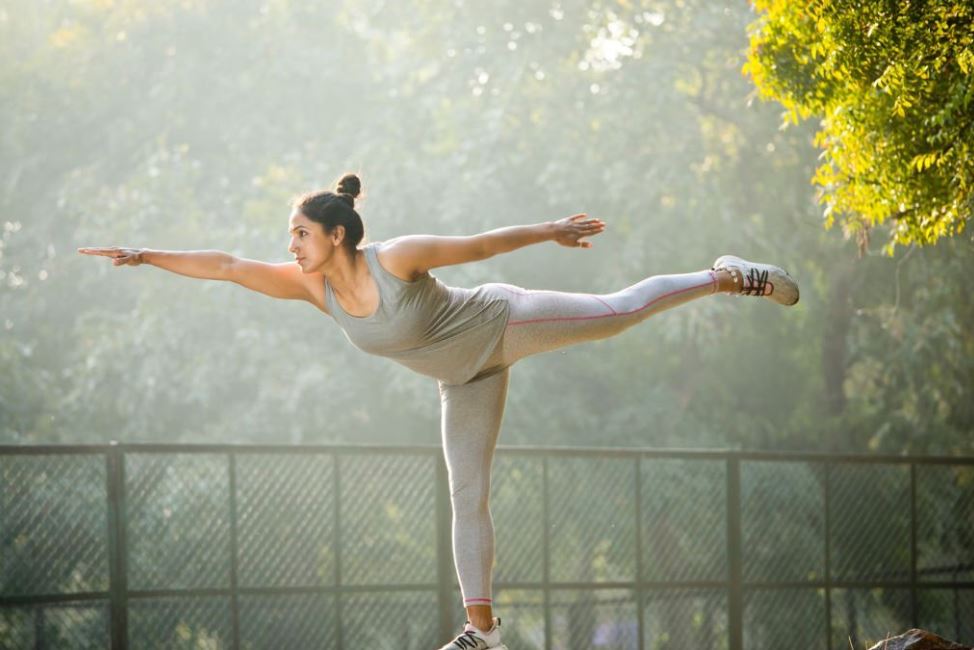Ashtanga Yoga is a dynamic and structured style of yoga that encompasses three series: primary, intermediate, and advanced. This article provides an in-depth exploration of each series, discussing their origins, benefits, challenges, and modifications. Whether you are a beginner looking to start your yoga journey or an advanced practitioner seeking to deepen your practice, understanding the different series of Ashtanga Yoga can help you align your aspirations and progress on your path of self-discovery.
Primary Series
The primary series, also known as Yoga Chikitsa or Yoga Therapy, forms the foundation of Ashtanga Yoga. It focuses on detoxifying and aligning the body, purifying the nervous system, and building strength and flexibility. The primary series comprises a specific sequence of postures that flow seamlessly from one to another, synchronizing breath with movement. By practicing the primary series, practitioners develop a solid physical and mental foundation, preparing them for the subsequent series.
Intermediate Series
The intermediate series, called Nadi Shodhana or Nerve Cleansing, builds upon the foundation established in the primary series. It introduces more challenging postures, including backbends, arm balances, and deep hip openers. The intermediate series further refines the practitioner’s strength, flexibility, and focus, while also exploring deeper energetic and emotional layers of the body and mind. Progressing to the intermediate series requires a thorough understanding and consistent practice of the primary series.
Advanced Series
The advanced series, also known as Sthira Bhaga or Divine Stability, represents the pinnacle of the Ashtanga Yoga system. It encompasses four distinct series—Advanced A, B, C, and D—which include intricate postures, advanced transitions, and intense physical and mental challenges. The advanced series demands a high level of strength, flexibility, concentration, and dedication. Practitioners must have a deep understanding of alignment and a profound commitment to their practice before embarking on the advanced series.
Benefits of Ashtanga Yoga
Ashtanga Yoga offers a wide range of benefits that extend beyond the physical realm. In addition to enhancing strength, flexibility, and stamina, regular practice of Ashtanga Yoga cultivates mental clarity, emotional stability, and spiritual growth. The flowing sequences and focused breathwork provide a moving meditation that can calm the mind, relieve stress, and promote self-awareness. Ashtanga Yoga also helps develop discipline, resilience, and the ability to stay present both on and off the mat.
Challenges and Precautions
Ashtanga Yoga presents various challenges, both physical and mental. The dynamic nature of the practice can put strain on the body, so it’s important to listen to your body’s limits and practice with mindfulness to avoid injuries. Additionally, the intensity of the practice can sometimes lead to mental and emotional challenges. It’s crucial to approach the practice with patience, self-compassion, and a non-competitive mindset. Practitioners with pre-existing health conditions or injuries should consult with a qualified teacher or healthcare professional before beginning Ashtanga Yoga.
Modifications and Variations
Ashtanga Yoga offers modifications and variations that cater to practitioners of different levels. Beginners can start with modified versions of postures, utilizing props or simplifying certain movements to accommodate their current abilities. As practitioners advance, they can explore variations of postures, allowing for deeper expressions and intensifying their practice. It’s essential to work with an experienced teacher who can guide and support you in finding the appropriate modifications or variations based on your individual needs and goals.
Ashtanga Yoga Philosophy
Ashtanga Yoga is deeply rooted in ancient yogic philosophy. The eight limbs of Ashtanga Yoga, as described by the sage Patanjali, provide a comprehensive framework for self-realization and inner transformation. These eight limbs include ethical guidelines, physical postures, breath control, withdrawal of senses, concentration, meditation, and the ultimate state of enlightenment. Understanding and incorporating the philosophical aspects of Ashtanga Yoga into your practice can bring profound depth and meaning to your journey.
Incorporating Ashtanga Yoga in Daily Life
Ashtanga Yoga is not limited to the time spent on the mat. It offers a holistic approach that can be integrated into your daily life. Practicing Ashtanga Yoga at home allows you to maintain consistency and deepen your understanding of the practice. Additionally, integrating Ashtanga Yoga with other activities, such as mindfulness, healthy eating, and conscious living, can create a harmonious and balanced lifestyle that supports your physical, mental, and spiritual well-being.
Ashtanga Yoga’s primary, intermediate, and advanced series offer a progressive path for practitioners to explore their physical, mental, and spiritual potential. Whether you are a beginner or an advanced practitioner, Ashtanga Yoga provides a structured and transformative practice that can enhance your well-being on multiple levels. Embrace the challenges, celebrate the progress, and embark on this profound journey of self-discovery and self-transformation.
Frequently Asked Questions (FAQs)
- Can beginners practice Ashtanga Yoga?
- Absolutely! Beginners can start with the primary series and gradually progress as their practice develops.
- Is Ashtanga Yoga only for physically fit individuals?
- While Ashtanga Yoga requires physical effort, modifications and variations make it accessible to practitioners of different fitness levels.
- How often should I practice Ashtanga Yoga?
- It is recommended to practice Ashtanga Yoga regularly, ideally 3 to 6 times per week, to experience its full benefits.
- Can I practice Ashtanga Yoga during pregnancy?
- Ashtanga Yoga can be modified for prenatal practice, but it’s essential to consult with a qualified prenatal yoga teacher or healthcare provider.
-
Is Ashtanga Yoga a spiritual practice?
- Yes, Ashtanga Yoga integrates physical, mental, and spiritual elements, providing an opportunity for self-discovery and spiritual growth.



